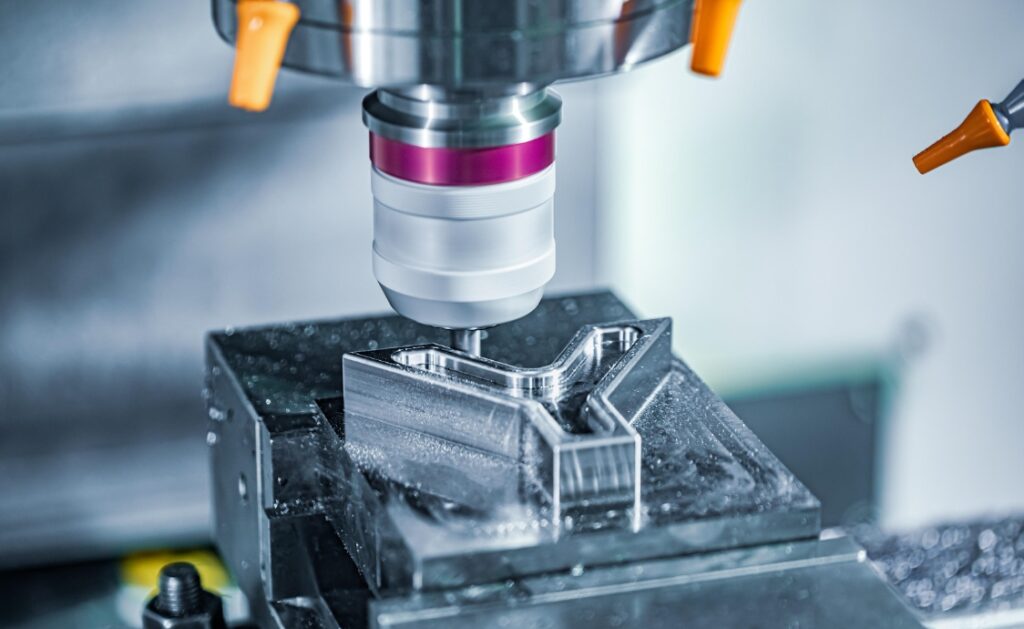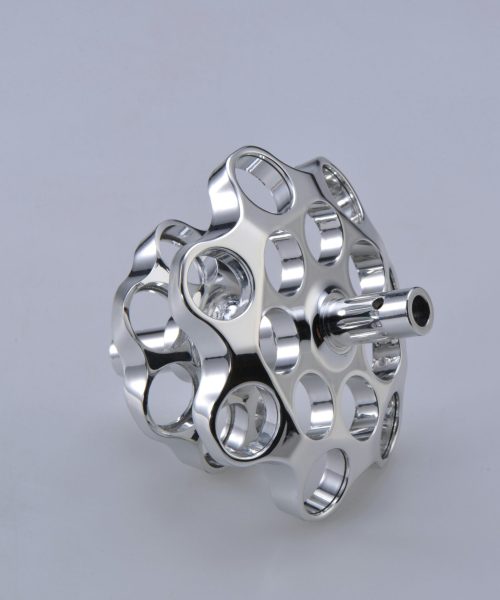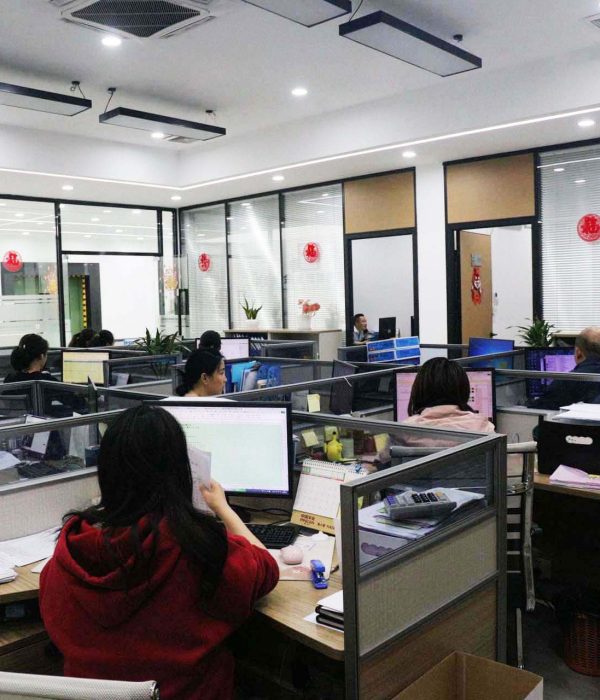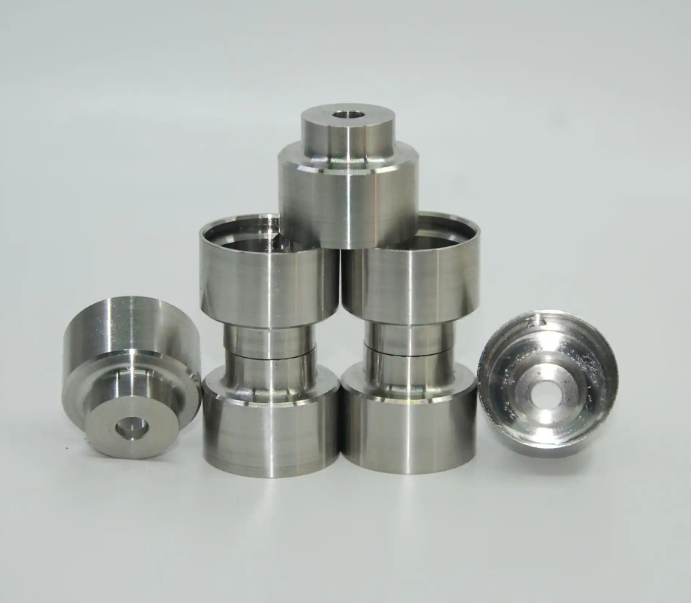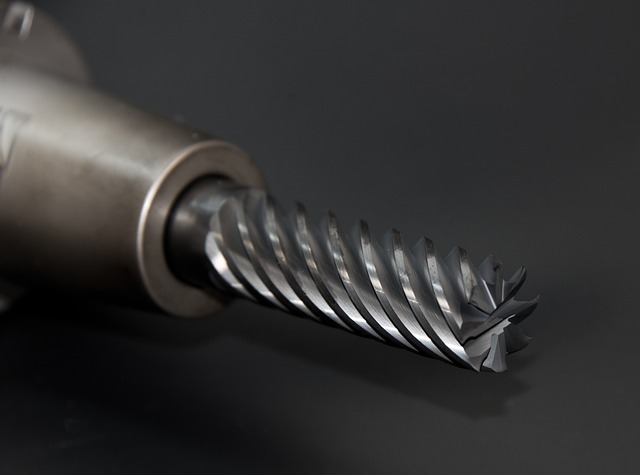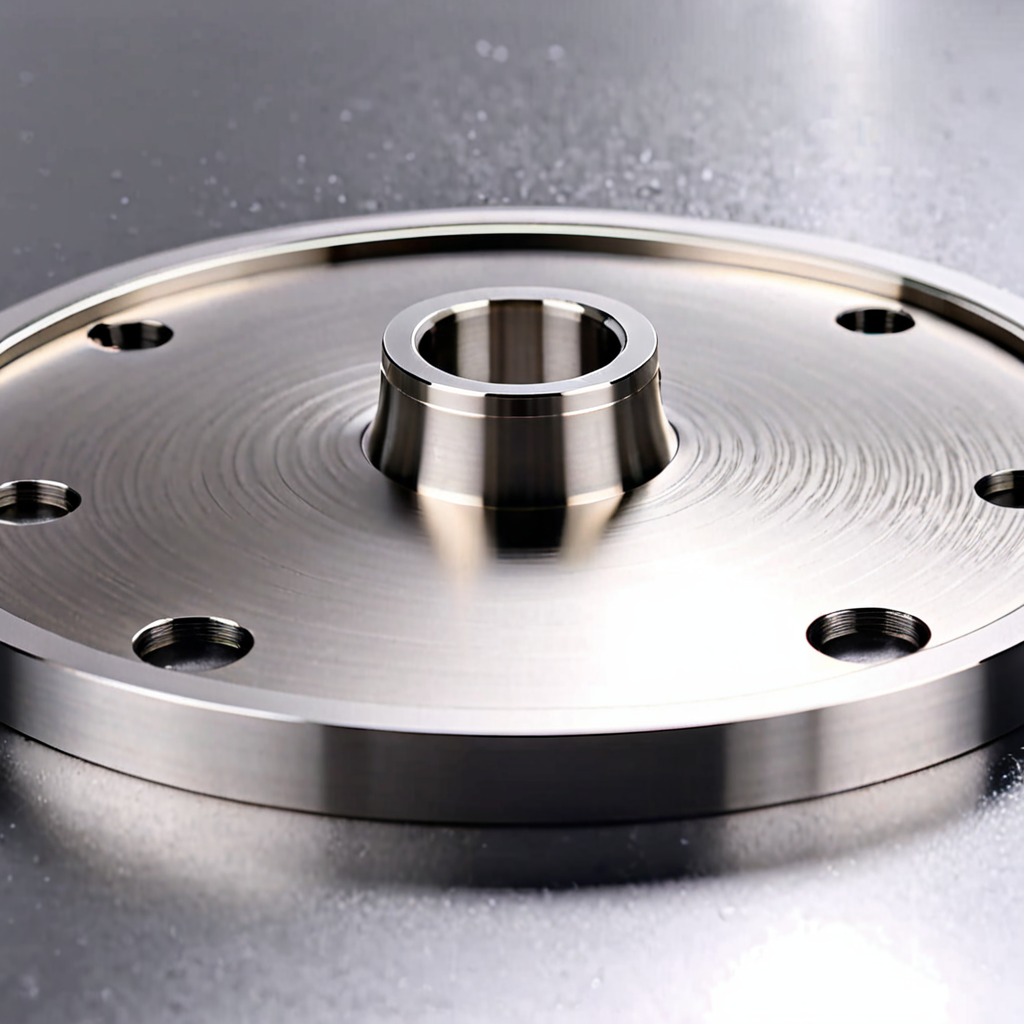The landscape of manufacturing has evolved significantly over the past few decades. One of the pivotal technologies driving this evolution is CNC (Computer Numerical Control) machining. As a CNC machining parts manufacturer, GCH Process stands at the forefront of this technological advancement, delivering unparalleled precision and efficiency across various industries. This article explores the intricate world of CNC machining, highlighting its importance, processes, and the diverse types of machines and materials used.
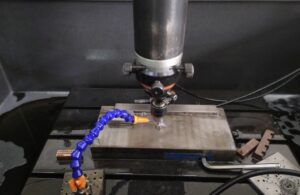

Compreender a maquinagem CNC
O que é a maquinagem CNC?
Maquinação CNC is a subtractive manufacturing process where programmed computer software dictates the movement of machinery and tools. This technology allows for the precise removal of material from a workpiece to create intricate parts with tight tolerances. The process is highly automated, reducing the need for manual intervention and increasing production efficiency.
Importance in Modern Manufacturing
The demand for high-precision components is growing across various sectors, from aerospace to medical devices. CNC machining fulfills this need by providing consistent, high-quality parts that meet stringent industry standards. The ability to produce complex geometries with high accuracy makes CNC machining indispensable in modern manufacturing.
O processo de maquinagem CNC
Design and Programming
The journey of a CNC machined part begins with a digital design. Engineers use CAD (Computer-Aided Design) software to create detailed 3D models of the desired component. This digital blueprint is then converted into machine-readable code (G-code) using CAM (Computer-Aided Manufacturing) software. The G-code provides precise instructions for the CNC machine, including tool paths, cutting speeds, and other critical parameters.
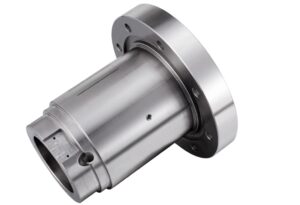

Seleção de materiais
Material selection is crucial in CNC machining, as it directly affects the machinability and properties of the final part. Common materials include metals like aluminum, steel, and titanium, as well as plastics such as ABS and polycarbonate. Each material has unique characteristics that influence the machining process, including hardness, thermal conductivity, and tensile strength.
Setup and Calibration
Before machining can commence, the CNC machine must be set up and calibrated. This involves securing the workpiece on the machine bed or in a vice, selecting the appropriate cutting tools, and setting the machine parameters. Precision in setup is critical to ensure the accuracy and repeatability of the machining process.
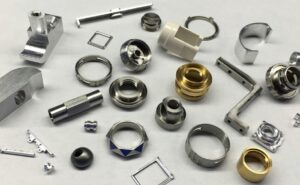

Machining Operations
CNC machining encompasses various operations, each suited to different aspects of part production:
- Fresagem: Uses rotary cutters to remove material, ideal for creating complex shapes and surfaces.
- Virar: Involves rotating the workpiece against a stationary cutting tool, perfect for cylindrical parts.
- Perfuração: Utilizes a rotating drill bit to create precise holes in the workpiece.
- Retificação: Employs abrasive wheels to achieve high surface finishes and tight tolerances.
- EDM (maquinagem por descarga eléctrica): Uses electrical discharges to remove material, suitable for hard metals and intricate details.
Controlo de qualidade
Quality control is an integral part of CNC machining. Throughout the machining process, in-process inspections are conducted to ensure dimensional accuracy and surface finish. Post-machining, parts undergo rigorous quality checks using coordinate measuring machines (CMMs) and other precision instruments. This ensures that every part meets the specified requirements and is free from defects.
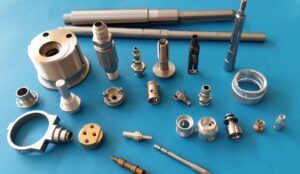

Tipos de máquinas CNC
Máquinas CNC de 3 eixos
The most common type of CNC machine, 3-axis machines operate on the X, Y, and Z axes. They are versatile and suitable for a wide range of applications, from simple milling to more complex operations.
Advantages:
- Versatility in handling various tasks.
- Cost-effective for general machining needs.
Aplicações:
- Simple to moderately complex parts, such as housings and brackets.
Máquinas CNC de 4 eixos
4-axis CNC machines add a rotary movement around the X-axis, known as the A-axis. This allows for additional machining capabilities, such as creating angled cuts and holes.
Advantages:
- Increased flexibility in machining operations.
- Ability to machine more complex parts without repositioning.
Aplicações:
- Parts requiring angled features or multi-sided machining.
Máquinas CNC de 5 eixos
5-axis machines incorporate two additional rotary axes (A and B) to the standard three. This enables the machining of highly complex and intricate parts in a single setup, reducing the need for multiple machine setups.
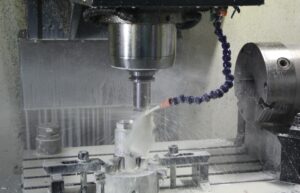

Advantages:
- High precision and accuracy.
- Capability to machine complex geometries.
- Reduced production time and cost.
Aplicações:
- Aerospace components, medical devices, and intricate automotive parts.
Swiss-Type Lathes
Swiss-type lathes are specialized CNC machines designed for producing small, high-precision parts. The workpiece moves axially while the tool remains stationary, allowing for extremely tight tolerances.
Advantages:
- Exceptional precision for small parts.
- High-speed machining capabilities.
Aplicações:
- Medical implants, watch components, and microelectronics.
Multi-Axis Machining Centers
Multi-axis machining centers can operate on more than five axes, offering unparalleled flexibility and precision. These machines are used for the most complex and demanding machining tasks.
Advantages:
- Ability to perform multiple operations in one setup.
- Ideal for high-precision, high-complexity parts.
Aplicações:
- Advanced aerospace components, complex automotive parts, and high-end consumer electronics.
Vantagens da maquinagem CNC
Precisão e exatidão
CNC machining delivers exceptional precision and accuracy, with tolerances often as tight as ±0.01 mm. This level of precision is essential for industries where even the smallest deviation can lead to significant issues, such as aerospace and medical devices.
Consistência e repetibilidade
One of the standout benefits of CNC machining is its ability to produce identical parts consistently. This repeatability is crucial for large-scale production runs, ensuring that every component meets the required specifications.
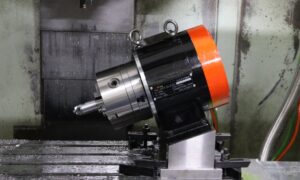

Efficiency and Speed
Automation in CNC machining significantly reduces production times compared to traditional manual machining. CNC machines can operate continuously, 24/7, with minimal human intervention, leading to higher production rates and reduced lead times.
Flexibility and Customization
CNC machines can be quickly reprogrammed to produce different parts, offering flexibility and customization. This adaptability is beneficial for prototyping and small-batch production, where design changes are frequent.
Custo-eficácia
While the initial setup cost for CNC machining can be high, the overall cost-effectiveness is notable. Reduced labor costs, minimal material waste, and high production efficiency contribute to lower overall manufacturing costs.
Challenges in CNC Machining
Investimento inicial elevado
The cost of acquiring and setting up CNC machines is significant. However, the long-term benefits and efficiencies often justify the initial investment.
Skilled Labor Requirement
Operating CNC machines requires skilled operators and programmers. Continuous training and skill development are essential to keep up with technological advancements and maintain high production standards.
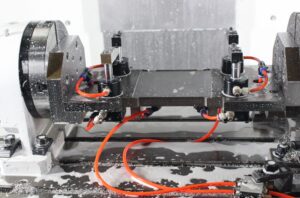

Material Constraints
While CNC machining is compatible with a wide range of materials, some materials, such as certain composites and exotic alloys, can be challenging to machine. Proper material selection and understanding machinability are crucial.
Applications of CNC Machining
Indústria aeroespacial
The aerospace industry demands high-precision components with stringent quality standards. CNC machining is ideal for producing parts such as turbine blades, engine components, and structural elements, ensuring reliability and safety.
Dispositivos médicos
CNC machining plays a vital role in the medical device industry, producing components like surgical instruments, implants, and diagnostic equipment. The precision and consistency of CNC machining are critical for ensuring the safety and efficacy of medical devices.
Indústria automóvel
In the automotive sector, CNC machining is used to produce engine parts, transmission components, and chassis elements. The ability to produce high-quality, reliable parts contributes to vehicle performance and safety.
Eletrónica
The electronics industry benefits from CNC machining in the production of components such as circuit boards, connectors, and enclosures. The precision of CNC machining ensures the proper functioning of electronic devices.
Energy Sector
CNC machining is crucial in the energy sector for manufacturing components used in wind turbines, solar panels, and nuclear reactors. The reliability and durability of these parts are essential for energy production and distribution.
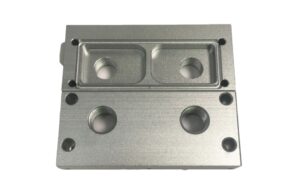

Tendências futuras na maquinagem CNC
Automation and Industry 4.0
The integration of automation and Industry 4.0 technologies, such as IoT and AI, is set to revolutionize CNC machining. Smart factories with interconnected machines and real-time data analytics will enhance production efficiency and quality control.
Integração do fabrico aditivo
Combining CNC machining with additive manufacturing (3D printing) opens up new possibilities for complex part production. Hybrid manufacturing processes can leverage the strengths of both technologies to create innovative solutions.
Materiais avançados
The development of advanced materials, such as high-performance alloys and composites, will drive the need for more sophisticated CNC machining techniques. Research into new cutting tools and machining strategies will continue to evolve.
CNC Machining for Sustainable Manufacturing
Reducing Waste
CNC machining minimizes material waste through precise cutting and efficient use of raw materials. This is particularly important in industries where material costs are high and sustainability is a priority.
Eficiência energética
Modern CNC machines are designed to be energy efficient, reducing the overall carbon footprint of the manufacturing process. The use of energy-efficient motors and systems helps in lowering operational costs and environmental impact.
Recyclability
Many materials used in CNC machining, such as metals, can be recycled. This not only conserves resources but also reduces waste and supports a circular economy in manufacturing.
Conclusão
As a leading CNC machining parts manufacturer, GCH Process is committed to delivering high-quality, precision-engineered components across various industries. CNC machining remains at the heart of modern manufacturing, offering unmatched precision, efficiency, and flexibility. By embracing technological advancements and maintaining a focus on quality, GCH Process continues to set the standard in CNC machining excellence.
In this dynamic and ever-evolving industry, staying ahead requires continuous innovation and a dedication to excellence. With a deep understanding of CNC machining processes and a commitment to meeting the highest standards, GCH Process is well-positioned to lead the way in precision manufacturing. Whether for aerospace, medical, automotive, or any other industry, our CNC machining services are designed to meet the diverse needs of our clients, ensuring success in every project.

